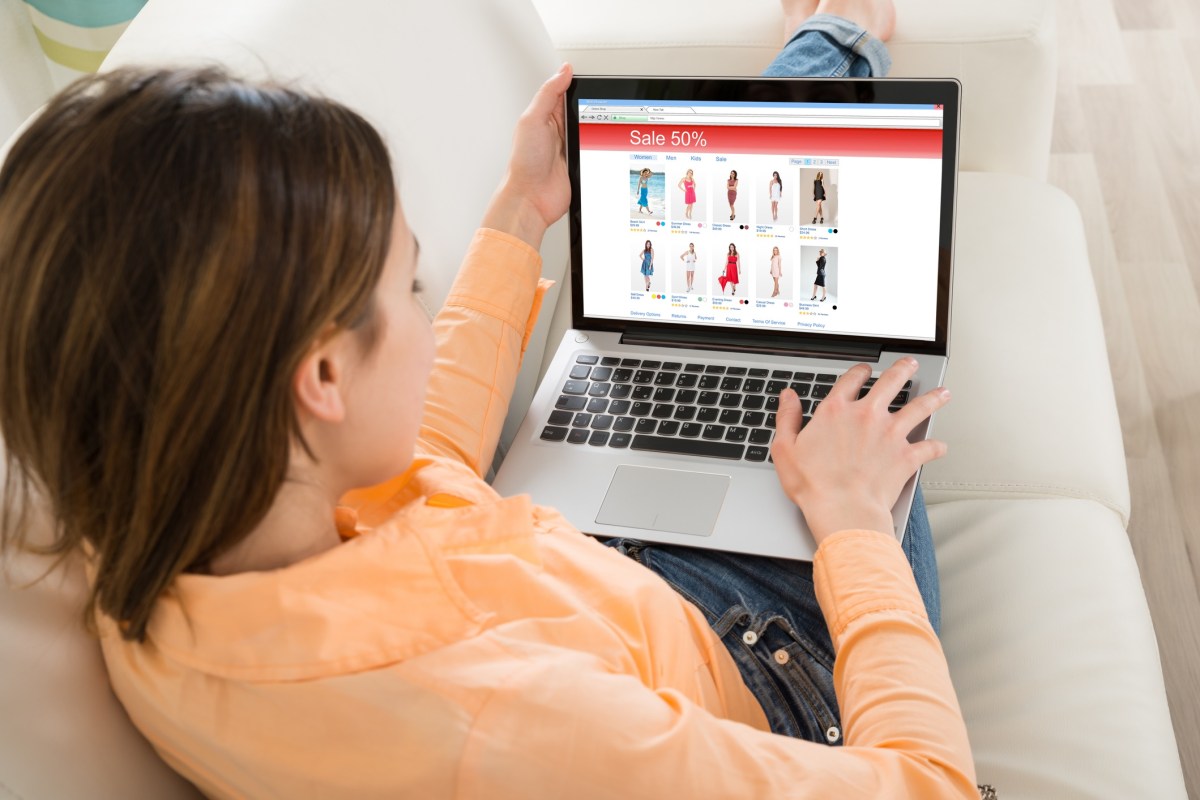As COVID-19 began making its mark on the nation earlier this year and retail stores started to close their doors until further notice, it was inevitable for online operations to be given a greater focus.
Many businesses quickly set up an online presence and e-commerce offering in order to maintain some revenue. As a result, consumers turned to online for their shopping needs. The NAB Online Retail Sales Index indicated online retail grew 19.5 per cent YoY in April 2020; but with what’s happening in the world, that comes as no surprise.
As lockdowns ease and retailers open their doors again, what happens to online? All of a sudden, physical stores are popular again, but it’s important retailers don’t let online fall by the wayside—they must keep online interesting.
The issue many retailers face with online is they view it as an extension of their physical store presence and try to replicate the experience—all this does is provide consumers with an alternative shopping channel, which is great, but it doesn’t add any value to the customer. Instead, online should offer something different to consumers and provide a unique experience.
First and foremost, online should not display results from a consumer’s local store; but instead should collate inventory from all stores to indicate the availability of products. By failing to do this, organisations are effectively providing the same experience (and in many cases, point of frustration) seen in physical stores. By displaying collated and up to date inventory, consumers can make a purchase and have confidence their chosen item is available, removing the need for them to virtually “visit” each store to see if it is in stock.
Furthermore, online is able to utilise data in ways the physical store cannot. The online experience takes various behavioural signals and uses them to understand what a customer is looking for so the right recommendations can be made when they search. For example, Jodie may be looking for a new pair of jeans and types “blue jeans” into the search bar. Based on behavioural signals and AI-powered search technology, Jodie will receive results relevant to her e.g. a particular length and style of female jeans. On the other hand, Jerome might visit the same store and enter the same search term yet receive different results based on his behavioural signals. Ultimately, the platform is not just taking into account their search terms, but also understanding more about who the customer is and delivering results tailored to them.
Retailers can take this a step further by immediately making recommendations based on behavioural signals. This means analysing the data and providing product suggestions based on patterns such as search history; in many cases this removes the need for the customer to search the “clothing racks” to find what they’re looking for.
The concept of providing product recommendations and suggestions isn’t new and is something that shop assistants have been doing admirably for years. What is new, is the ability for business’ to listen to what their customers are telling them via behavioural signals and proactively providing recommendations based on these signals. With retail stores opening their doors once again, retailers must ensure they keep online interesting and provide a reason for customers to return.
Scott Ho is vice president for APJ at Lucidworks

